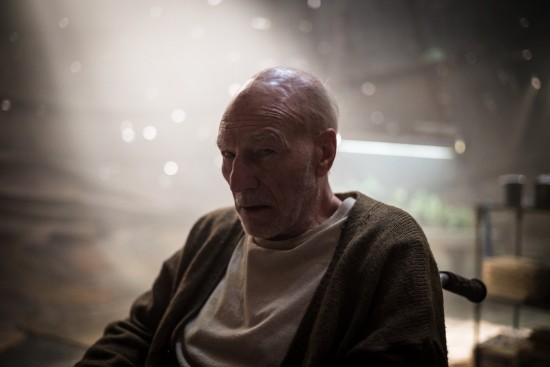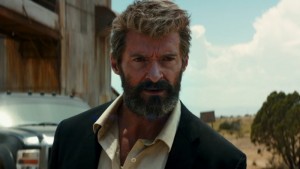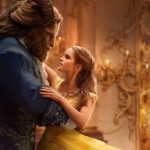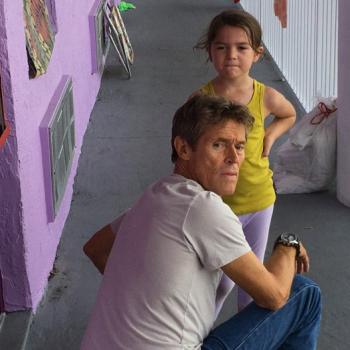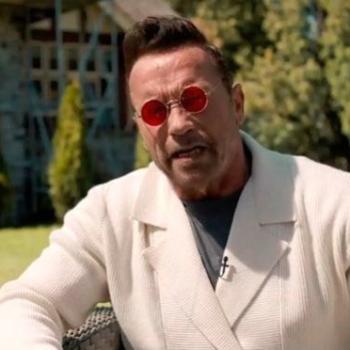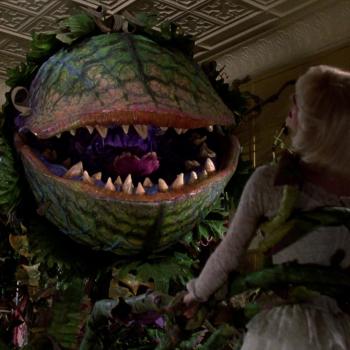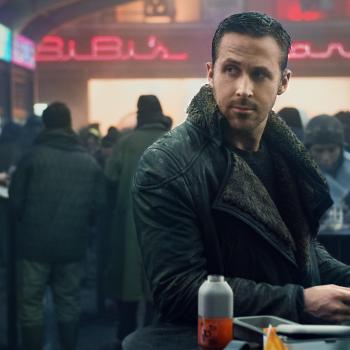An R-rated world
I was initially worried that “Logan’s” R-rating was attempting to ride the coattails of “Deadpool’s” surprise success in 2016. That movie, a sort-of spin-off of the X-Men franchise, wore its offenses proudly. From its first scene, it gleefully dropped f-bombs, dispatched villains with bloody relish, and reveled in dirty jokes. “Deadpool” is wittier and more enjoyable that it probably has any right to be, but make no mistake, it’s an R-rated movie for teenagers, proudly juvenile and happily crass.
“Logan” is no less R-rated, but it’s a more somber, weighty R. The violence in this film is never fun. In the opening scene, Logan dispatches of a group of would-be carjackers, and it’s an ugly, disturbing moment. After 17 years of watching him get rid of bad guys in bloodless fights, “Logan” reminds us what his claws actually do. They gouge, dismember and decapitate. When people are shot, they bleed and die.
It’s disturbing; even as someone who watches a lot of R-rated action movies, I winced and cringed. But to be honest, I find it more offensive that the majority of comic book movies sanitize violence and give everything a PG-13 gloss that distracts us from the consequences of destruction. Thousands, even millions, die in superhero movies and disaster flicks, but we never leave feeling shaken up because it’s all off-screen and delivered with a wink. In “Logan,” a movie that’s remarkably low stakes, we are constantly reminded that violence causes horrible things.
Don’t get me wrong; I don’t want every superhero movie to now adopt an R rating. I don’t want a grim and gritty Marvel world, and I think Batman and Superman need to lighten up. I’d love to see a PG-rated Superman or Spider-man movie that appeals to kids. But every now and then, it’s good for the genre to process questions deeper than “what movie’s next.” The X-Men franchise, the longest-running one in our current superhero cycle, has always prided itself on asking deeper questions, invoking both the civil and gay rights movements. It’s only fitting that it should be the first one to look in the mirror and begin asking what becomes of the heroes years after the killing’s finished and whether or not they can find rest.
That’s not always something that can be done with a PG-13. If you want to tackle real topics and depict the harshness of our world, sometimes the R rating is necessary. Anyone who’s ever been near a loved one with Alzheimer’s or dementia know how distressing it is to suddenly hear gentle family members bark obscenities. When Professor X., a character known for his compassion, erupts into profane tirades, it’s genuinely troubling. Likewise, the film’s depiction of violence hits harder than anything I’ve seen in a superhero film. We’ve seen Logan mow through lines of faceless bad guys before. To see him, let alone a little girl, rip opponents from limb to limb as blood splatters on the walls is shocking, a reminder of the true consequences of violence. But it’s also exhausting; it helps us understand why Logan, who’s been responsible for so many deaths over the course of a century, is so weighed down with guilt. The movie’s themes of redemption and mortality wouldn’t work if Mangold weren’t willing to hurt and shock us.
“Logan” is very often ugly. But so is the world we live in. And there can’t be any hope or redemption without understanding the depth of our own ugliness and the reality surrounding us. Whenever I look at Facebook or turn on the news, I’m stunned silent by the harshness with which we treat each other. This world isn’t sanitized. And the only way we begin to get better is by understanding how broken it is, feeling the weight of that, and realizing there’s a need to move forward. In the real world, violence maims and kills. Racism devalues and degrades. Pride leaves others to die. Actions have consequences. To try to airbrush that reality robs us of any opportunity to move forward.
Grace notes
I worry that this description paints “Logan” as a dour slog. It’s not. While I’d wouldn’t call it “fun,” and I’d hesitate to even call it “enjoyable,” it’s a movie worth seeing. Like “The Dark Knight,” probably its closest comic book kin in terms of tone, it’s a superhero story that feels more resonant than we might expect. It’s a grown-up movie through a funny book filter, but one that’s a bit darker than we’re used to. It’s more moving than these films usually are.
Much of that is due to the technical skill. Jackman and Stewart do possibly the best work of both of their careers here; I wouldn’t be shocked to see either of them honored in the next awards cycle. Keen gives a powerful debut and a brave performance. But in this end, this is Mangold’s baby. The director’s often mistaken as a journeyman, but his resume is littered with Westerns (“3:10 to Yuma”), police thrillers (“Copland”) and biopics (“Walk the Line”) that mingle genre with transcendence and humanity. I’m far from the first to point out “Logan’s” Western sensibilities — it repeatedly calls out “Shane,” and there’s a lot of “Unforgiven” in it too — and, like the best of that genre, it remembers to grace its narrative with moments of beauty and humanity.
For all the blood and violence in “Logan,” the films stops for some stirring moments. Caliban and Logan tenderly caring for the ailing Xavier. A humorous stop at a gas station, both when Charles refuses Logan’s help in the restroom and when Logan has to stop Laura from doing something really wrong. Charles telepathically helping herd horses on the side of the road. A quiet respite with a good family, complete with a dinner prayer and a cross in the background (The AV Club’s Ignatiy Vishnevetsky wrote a great article about the film’s religious undertones). The pre-Eden camp. Logan and Laura, fighting side by side. “Daddy.” The film’s final shot. This is a movie that, in the midst of darkness and violence, remembers to breathe and take stock of its humanity.
It’s a reminder of what I dislike so much about the recent DC movies and the works of Zack Snyder. They revel in their grimness; they’re PG-13 movies that like to pretend they have R-rated sensibilities. But they confuse darkness with maturity. They’re comfortable reveling in dourness, violence and “edge,” but it’s beneath them to take a moment to ponder. Sincerity is lame, compassion a detriment. To slow down is to lose the cool factor. And in the end, they come off less adult and more like angry teenagers trying to convince everyone they’re grown up.
“Logan” gets away with its darkness because it juxtaposes it with moments of beauty, compassion and love. In the end, its hero doesn’t win by being dark but by defeating the darkness, both in the world and within himself. He doesn’t pursue vengeance; he receives redemption. He’s not a loner; he’s healed by family whose final moments include holding the hands of his surrogate daughter. The ending doesn’t have him vowing to be a vigilant badass but rather finally at peace, buried in the woods with a cross on its side marking his grave.
I hope we see more films like “Logan.” The current trend of comic book movies is now well into its teenage years; time to start acting more adult.

